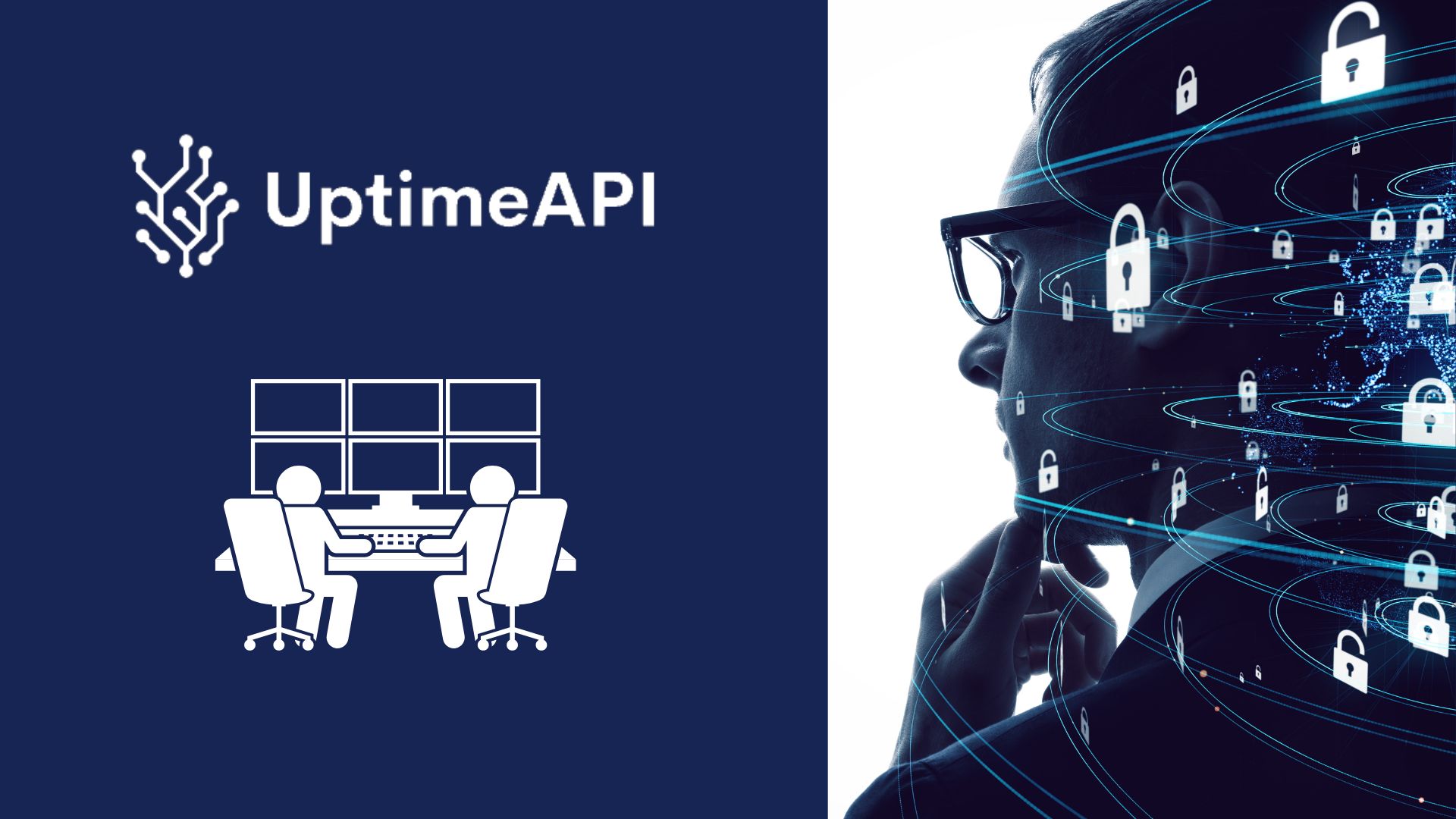Real Time API Monitoring: A Comprehensive Guide For Developers

Application Programming Interfaces (APIs) are continuously observed and their health is evaluated as part of API monitoring. It guarantees that APIs operate as intended, giving apps and end users dependable data and services. Speed and dependability are non-negotiable in today's digital world, therefore real-time API monitoring has become essential.
Importance of Real-Time Monitoring
Real-time API monitoring provides immediate insights into the performance and availability of APIs. By tracking metrics such as API response time and uptime statistics in real-time, developers and DevOps teams can promptly identify issues and mitigate potential downtime. This proactive approach helps in maintaining seamless application performance and enhances overall user experience.
Without API monitoring, organizations face significant challenges. API downtime can go unnoticed, leading to business disruption and reduced customer trust. Delayed issue identification can result in prolonged resolution times, impacting service level agreements (SLAs). Manual monitoring methods are often inadequate for dynamic environments, where rapid changes in API behavior can occur.
Definition and Scope
Real-time in API monitoring refers to the immediate capture and analysis of API performance and availability data. It involves monitoring metrics at short intervals, typically in seconds or minutes, to provide up-to-date insights. Real-time monitoring is crucial for modern applications that operate in cloud environments and rely on microservices architecture.
Instantaneous alerting capabilities and low latency data collection are the hallmarks of real-time API monitoring. It ensures continuous availability and performance by empowering enterprises to quickly identify and address anomalies in API behavior. Real-time analytics are provided by sophisticated API monitoring systems, enabling forecast insights into API usage and patterns.
APIs are critical to the delivery of data and services to users and internal systems in modern apps. APIs are monitored in real-time to make sure they fulfill SLAs and performance requirements. It helps companies to quickly detect and fix problems, reducing downtime and preserving business continuity.
Uptime API
You can keep an eye on your APIs with Uptime API. It functions by routinely verifying that your APIs are operational and functioning as intended. It's simple to set up monitors. The target API endpoint URL and the ability to modify the watch's timeout and interval settings are required in order to set up monitors. Monitoring intervals indicate how frequently an API will do health checks, whereas timeouts indicate how long an API will wait for a response. With these settings, you may tailor monitoring to your requirements and tastes.
You can choose which contacts should receive notifications straight from your API dashboard and set up alerts. You can then inform your team in this manner. You can select the package that best suits your monitoring requirements thanks to its numerous adjustable settings and monitor limits. Additionally, it offers historical data and analytics so you can monitor how API availability and performance have changed over time. Obtain access to your logs so you may investigate any API problems.
Examine historical performance trends and make decisions based on the facts. You may customize alerts to meet your needs and prevent pointless disruptions. monitoring of APIs in real time with instant information. Choose the alert dissemination option that best meets your needs, such as email notifications, SMS, or webhooks.
